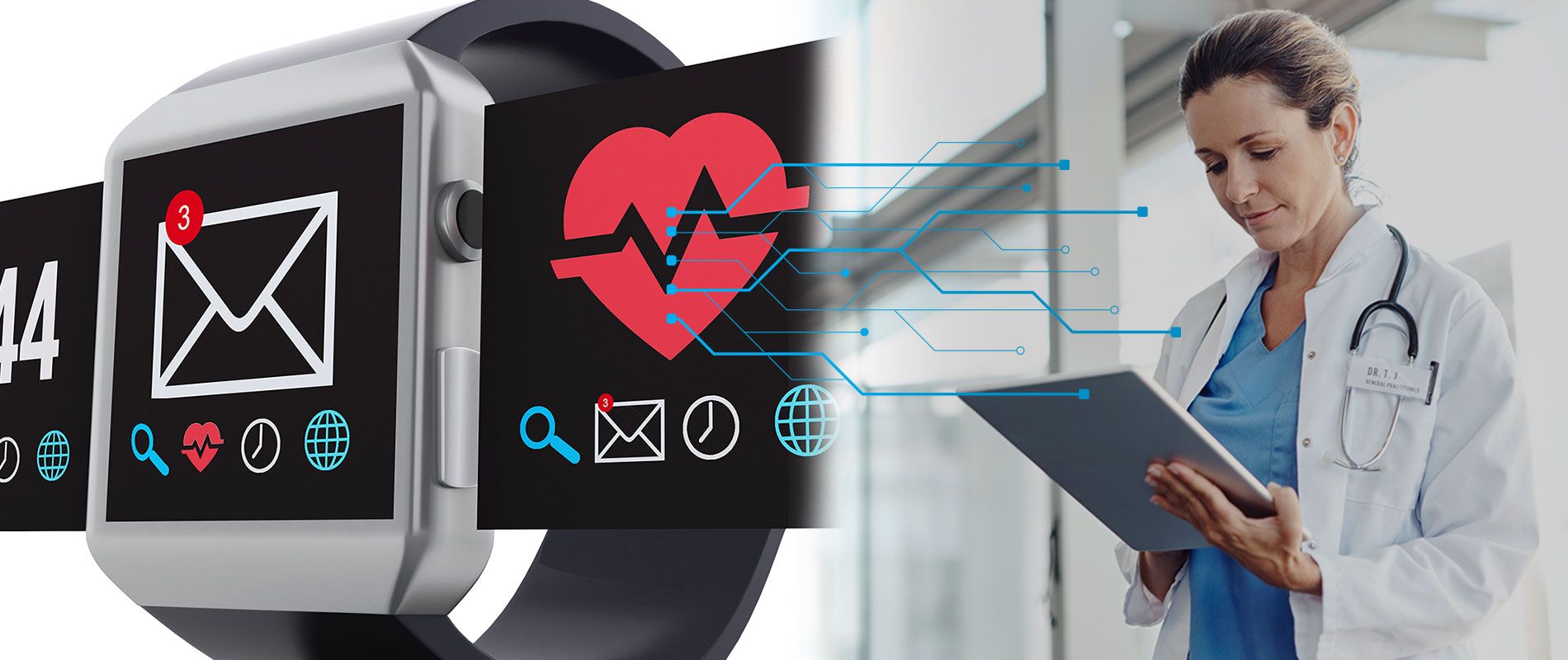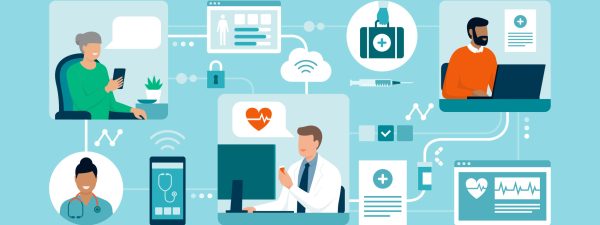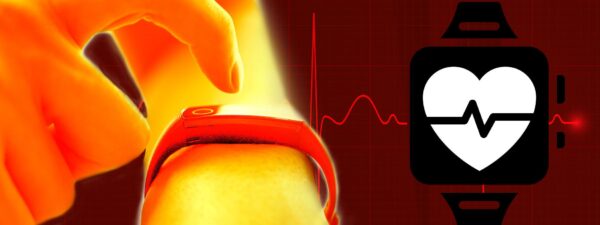From fitness trackers to smart devices, one can find Internet of Bodies (IoB) products in many forms. IoB technology can even be found in absorbable sensors, brain stimulation devices, and edible sensors.
Because of its many functions, IoB is extremely versatile, driving customized insurance plans; enhanced public safety; improved diagnosis and treatment of illnesses; and better productivity. But, as with any powerful technology, IoB carries security risks, which could lead to unauthorized parties gaining access to data.
The anatomy of the Internet of Bodies
The term, IoB, was introduced in 2016 and refers to the merging of various human body monitoring devices such as wearables for heart rate and hearing aids. These devices effectively monitor the human body and collect data before sending that information over a hybrid or wireless network. The IoB has also leveraged artificial intelligence (AI) technology to improve medical diagnoses and enhance applications that help doctors during surgeries.
In addition to healthcare, IoB gadgets are also used commercially in voice-controlled gadgets, face recognition locks, navigation and fitness devices, and surveillance cameras. Essentially, IoB improves the exchange of information between IoT smart gadgets by making communication standardized.
The ‘Body’ behind IoB
The core of IoB involves considering the body as a source of data. Put more simply, IoB is part of IoT and is responsible for the interaction between the human body and devices. An example is an IoB device that provides automated insulin dosage to diabetics. IoB has also made it possible to ensure improved preventive healthcare.
Of course, the amount and type of data gathered depends on the IoB device and how it works at various levels. The data is stored internally in the memory of the gadgets and relies on network connectivity – whether hybrid or wireless – to connect different IoB devices and facilitate safe data exchange.
Meanwhile, the IoB backend integrates analysis, solutions, and storage solutions, which can include a support staff to ensure that IoB devices operate smoothly. The configuration of IoB devices can be found within end users’ apps, allowing them to view information within a particular period.
Everybody’s business: IoB solution types
Generally, IoB devices are divided into three categories. These include:
- Body-Fused
This type of IoB solution can be equipped with communication components to understand body parameters. Moreover, these can be installed on remote machines in real-time. An example of a body-infused IoB gadget is a smart pill that contains embedded chips. This pill can measure and transmit parameters to the primary device. In 2017, the FDA approved the first use of the smart pill; today, it is used for patients with psychiatric and other health conditions.
- External
As the name may suggest, these IoB gadgets are found on the body in the form of smartwatches and wristbands that can track daily activity.
- Internal
These IoT devices are found inside the body and in the form of implants such as cochlear ear devices, 3D-printer generated organs, or pacemakers.
No rest for the Internet of Bodies
Considering their benefits, there are myriad use cases of IoB today, including:
Cardiac Device Implants
These IoB gadgets are chest implants that are attached to the heart and connected to a transmitter located in a patient’s house to obtain cardiac information, which is then sent to a doctor. Aside from monitoring, these gadgets can also stabilize heartbeats as well as deal with other health conditions.
Monitoring of COVID patients
IoB devices that monitor patients with COVID are common in China, where doctors can monitor their patients’ temperature through digital thermometers without any contact. Together with other IoB gadgets, monitoring in real-time can facilitate remote diagnostics and care.
BCIs
BCIs or brain-computer interfaces are embedded implants that make it possible for people to control gadgets via their brain signals. This technology is especially helpful for disabled people who may be unable to speak or move.
Wristbands
A person’s location and hand movements can be monitored through an IoB wristwatch, which can determine if there is a lack of activity. These wristbands can effectively make people more productive in the workplace as well as help businesses look after their employees’ health, especially in regards to COVID.
The Dangers of IoB
While the Internet of Bodies has many advantages, it’s not without risks. Because of how IoB devices operate, stolen data is one of these risks. The risks of using IoB and IoT are similar, however, the dangers are more serious with IoB because it involves working devices inside the human body. What’s more, these dangers are only amplified if subpar cybersecurity components and outdated data encryption methods are used.
To minimize the risks when it comes to IoB, proper regulations should be followed. As well, IoB gadgets should include biometrics to lessen the chances of unauthorized access and violation of privacy. For example, Amazon has used arm movement trackers on their warehouse employees, violating their privacy by gathering personal data about them.
Something for every body
IoB is expected to become a mainstream healthcare trend for monitoring patients and determining deviations by accumulating a complete set of data. The advantages offset the risks, ensuring remote and automated treatment for patients across the world.
References:
https://www.iotforall.com/meeting-the-future-internet-of-bodies
https://itrexgroup.com/blog/internet-of-bodies-iob-definition-benefits-examples/




